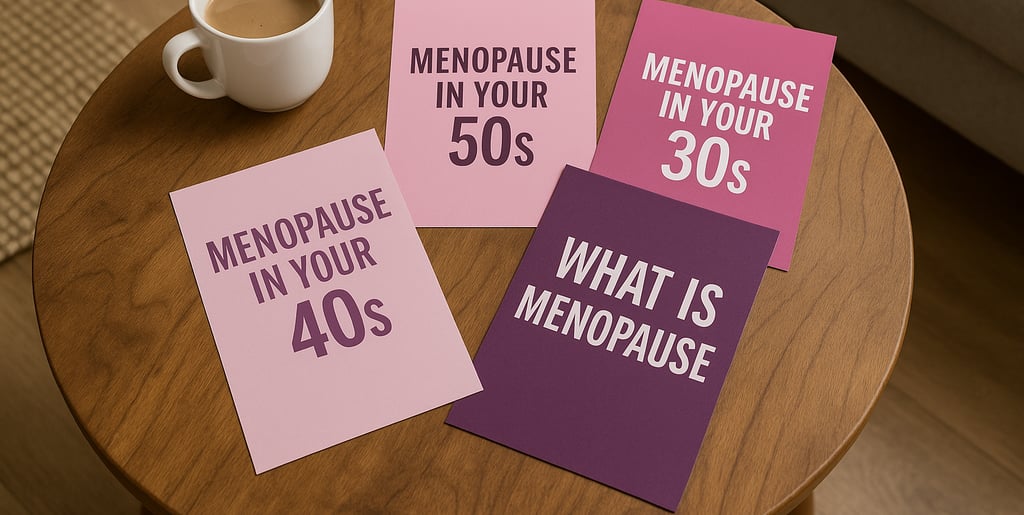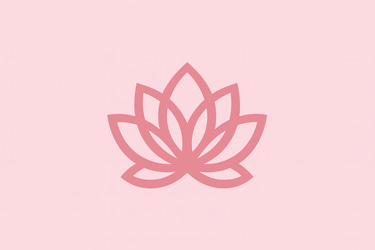Menopause in Your 30s, 40s, and 50s: What Changes and What Doesn’t
We break down the average menopause age in Australia — and what symptoms to expect.


Most of us grow up hearing whispers about menopause, but few of us are taught what it actually means — let alone when it can begin, how long it lasts, or what to do when symptoms show up early. If you’ve ever found yourself Googling “what is menopause?” or wondering if it’s “too early” to feel different, you’re far from alone.
In this post, we break down the average age of menopause in Australia, what changes to expect by decade, and how to know if what you’re feeling might be more than just a phase.
What is menopause, anyway?
Menopause marks the point in time when a woman has gone 12 months without a period — caused by a natural decline in ovarian function and hormone levels. But the experience of menopause is much broader. For many, it starts with perimenopause, the lead-up period where symptoms fluctuate over months or even years.
It’s not just about periods stopping. It’s about sleep that no longer comes easy, sudden changes in weight or mood, brain fog that can feel frightening, and hot flushes at the worst possible moments. These symptoms don’t appear overnight — and they don’t always follow the textbook timeline.
Menopause by decade: What to expect in your 30s, 40s, and 50s
In your 30s:
It may sound surprising, but early menopause and primary ovarian insufficiency (POI) can happen well before the age of 40. Though uncommon, many women begin to notice irregular cycles, night sweats, or worsening PMS — often dismissed or misattributed to stress or lifestyle changes. If you’re under 40 and noticing symptoms that don’t feel “normal,” it’s worth talking to a doctor who won’t brush you off.
In your 40s:
This is the most common age to enter perimenopause. Periods may become shorter, longer, heavier, or unpredictable. But for many women, it’s the non-period symptoms that stand out — difficulty sleeping, irritability, joint pain, or feelings of anxiety that seem to appear from nowhere. These can be hormonal shifts, not just emotional responses. The average menopause age in Australia is around 51, but symptoms can start up to 10 years prior.
In your 50s:
By this stage, most Australian women will have reached menopause — though some glide through it while others feel like they’ve been hit by a truck. Oestrogen levels continue to drop, and symptoms may linger for years. Managing menopause in your 50s often involves not just symptom relief, but also bone, brain, and heart health considerations.
Support options and finding the right care
Whether you’re seeking early menopause support in your 30s, navigating new symptoms in your 40s, or seeking relief in your 50s, finding a provider who listens makes all the difference.
We recommend starting with a clinic that understands how varied this experience can be. Our current Clinic of the Month is a great place to start — with a strong reputation and expert care tailored to women at every stage of the menopause transition.
Need help finding someone closer to you? Visit the full directory of menopause clinics in Queensland.
Final thoughts
There’s no “normal” menopause story — only yours.
What matters most is recognising that your symptoms are real, valid, and deserve support. Whether you’re 35 or 55, information is power. Start with the facts, seek out the right help, and give yourself permission to ask the big questions.
Because it’s not “just menopause” — it’s your health.
Support
Contact
info@qldmenopause.com
© 2025. All rights reserved.
Information is general and not a substitute for medical advice. Confirm services, fees, and availability with the clinic.
